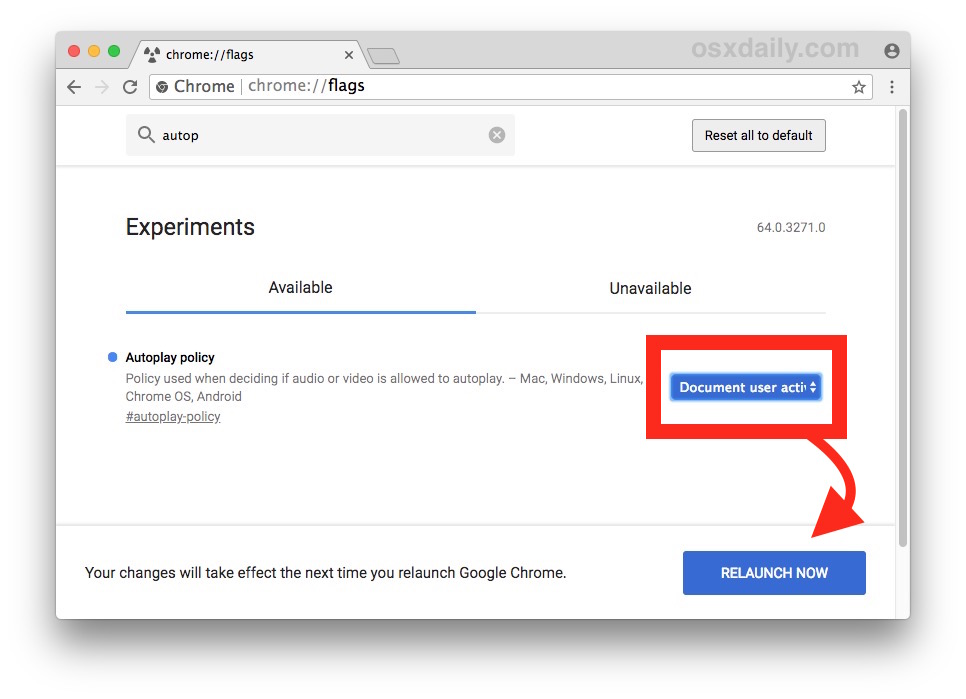

In Brave, click the three-line menu button > Settings > Additional settings > Privacy and security > Site and shields settings > Additional permissions > ‘Autoplay.’įrom here, you can set where auto-play is allowed or blocked. Using extensions to Disable Youtube Video Autoplay on Firefox. It also has better controls for blocking auto-play. Now just double click on and it will turn false. Braveīrave is another Chromium-based browser, but with a greater focus on privacy than other variants. Further, you can specify sites that differ from these default settings.Īs a bonus, this also works in the Firefox browser on Android, as shown in the header image. To access these settings, click the three-line menu button > Options (or Preferences on some computers) > Privacy & Security > click the ‘Settings’ button next to ‘Autoplay’ in the ‘Permissions’ section.įrom here, you can set the default behaviour for all websites, which includes allowing audio and video, blocking audio, or blocking audio and video. In typical Firefox fashion, the browser offers more granular control over auto-play than Edge or Chrome. When you change the setting to ‘Limit,’ Edge says that “media will play depending on how you’ve visited the page and whether you interacted with media in the past.” Mozilla Firefox To limit auto-play in Edge, click the menu button > Settings > Cookies and site permissions > ‘Media autoplay.’įrom here, you can select whether to ‘Allow’ or ‘Limit’ the ability for websites to play audio and video automatically. Like Chrome, Edge doesn’t let you disable auto-play, but you can ‘limit’ the setting based on how you use websites. Thankfully, Edge differs a little with auto-play content.

Microsoft’s new Chromium-based Edge browser has several similarities with Chrome. Unfortunately, this will allow videos to play, you just won’t be able to hear them. This will mute sound from every website you visit, and you can unmute sites as you desire by right-clicking on a tab and selecting the ‘unmute’ option. If you’re interested, you can learn more about how that works here, or check out the MEI by typing ‘chrome://media-engagement’ into the URL bar of your browser.Īs a workaround, you can mute audio on every website in Chrome by clicking the menu button > Settings > Privacy and security > Site Settings > Additional content settings > Sound > Allow sites to play sound. In short, if users interact with a website in certain ways that meet Google’s criteria, it allows that site to auto-play videos. Chrome tracks how often users interact with media on websites with the ‘Media Engagement Index’ (MEI). That said, Chrome does block some auto-play videos, but there’s not much users can do to control how this works.


 0 kommentar(er)
0 kommentar(er)
